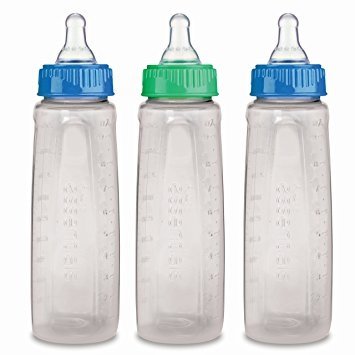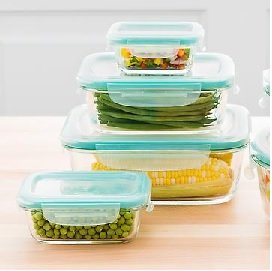Heating plastics - eating plastics?
Since plastics were first produced in the early 1900s, they have become ubiquitous in our daily lives. The term “plastic” covers an array of organic, and inorganic compounds. Substances, known as plasticisers, are often added to plastics, to shape or stabilise it. To manufacture clear hard plastic, bisphenol-A, (BPA), or BPA replacement, bisphenol-S, (BPS) is often utilised. For soft, flexible plastic, phthalates are used. All of these substances are known, endocrine disrupting chemicals, (EDCs). EDCs can affect the body’s development, growth and hormone balance by mimicking, blocking or disrupting the body’s natural hormones. Unborn and young children seem to be more susceptible, EDC exposure during early foetal development, increases the probability, of later negative health outcomes, including cancers, neurodevelopmental and neurodegenerative diseases, metabolic disorders, asthma and immune disorders.

It is an accepted fact that these toxic chemicals, leach from plastic containers, into food, when it is heated or microwaved. The use of BPAs in the manufacture of baby bottles, has now been prohibited in the USA. Plastic water bottles, especially the re-usable type, are often left in the car, or carried around in warm weather, increasing the risk of contamination, by leached toxic chemicals. Toxic migrations are likely to be greater, with fatty foods, such as meats and cheeses, than other food types. The type and amount of chemical leaching, depends on the type of plastic being microwaved, the time it is heated, and the condition of the plastic container. Containers that have been frequently re-used, washed in a dishwasher, or are discoloured, or warped are more likely, to give off toxins when heated.

Migration testing does form part of the legislation regarding use of plastic containers, for storing food. It is carried out, with respect to the quantity that leaches into the food, under what is considered to be “normal use” If the overall migration is “under the limit” (the level at which the FDA currently assumes to be safe), tests for specific substances, may not be carried out. Also the tests measure the quantities of toxins in the food, rather than how much the body absorbs. This begs the question, as to whether “safe levels” are calculated, on how frequently an individual is exposed to these toxins. A safer choice for food storage and heating is to use glass containers.